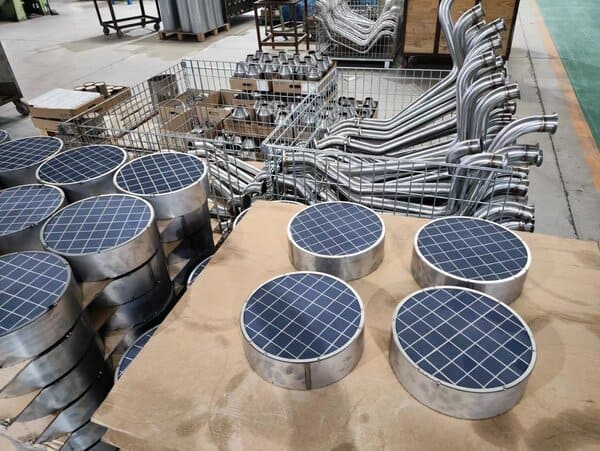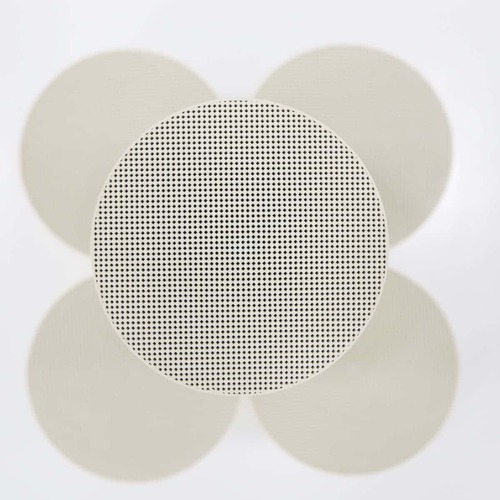Have you noticed the evolving landscape of advanced ceramics, especially in the realm of ceramic honeycombs? What does this mean for wholesalers and industry players? Are you prepared to adapt to these changes and leverage them for business success?
The world of ceramic honeycomb technology is rapidly evolving, driven by increasing demands for efficient emission control and versatile industrial applications. This technology, primarily known for its usage in catalytic converters and filters, has witnessed significant advancements. The recent developments not only enhance performance but also promise better environmental sustainability. But what exactly are these trends, and how do they impact wholesalers?
Understanding these shifts is crucial. They not only shape product offerings but also influence supply chain dynamics and customer expectations. Let’s delve deeper into the key trends shaping the ceramic honeycomb landscape.

What Are the Latest Developments in Ceramic Honeycomb Technology?
Ceramic honeycomb technology has seen notable advancements in materials, manufacturing processes, and applications. Innovations in materials like silicon carbide and cordierite have led to improved durability and efficiency. Advanced manufacturing techniques are enabling more precise and cost-effective production.
How Do These Trends Affect Wholesalers?
For wholesalers, these technological strides mean a need to realign inventory and knowledge. Understanding the nuances of different materials like silicon carbide and cordierite is vital for effective client consultation. Staying abreast of these changes ensures that you can provide the most up-to-date and efficient solutions to your clients.

What Are the Environmental Implications?
The move towards more sustainable materials and processes in ceramic honeycomb production is a response to global environmental concerns. Products like VOC catalysts and zeolite filters are gaining prominence due to their lower environmental impact. As a wholesaler, aligning with these eco-friendly trends not only supports sustainability but also appeals to environmentally conscious customers.
How Is the Supply Chain Being Impacted?
The evolving technology in ceramic honeycombs is also reshaping the supply chain. There’s a growing need for suppliers who can offer a range of advanced materials and technologies. Adapting to these changes requires wholesalers to build robust supplier networks that can support the diverse needs of customers.

Conclusion
Staying informed and adaptable in the face of these technological trends is crucial for wholesalers. Embracing the advancements in ceramic honeycomb technology not only ensures competitiveness but also positions your business as a forward-thinking, environmentally conscious player in the market. As we continue to witness these exciting developments, the opportunity for growth and innovation in this sector seems boundless.


